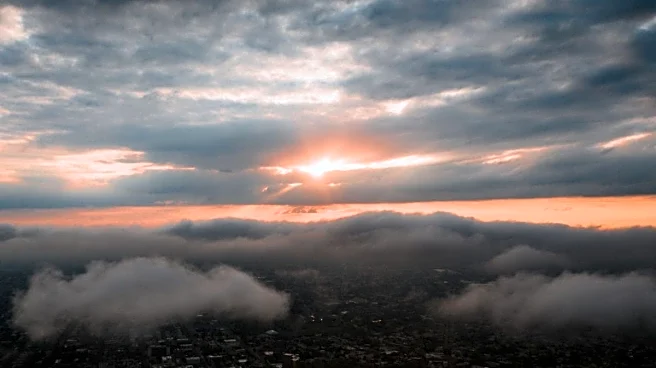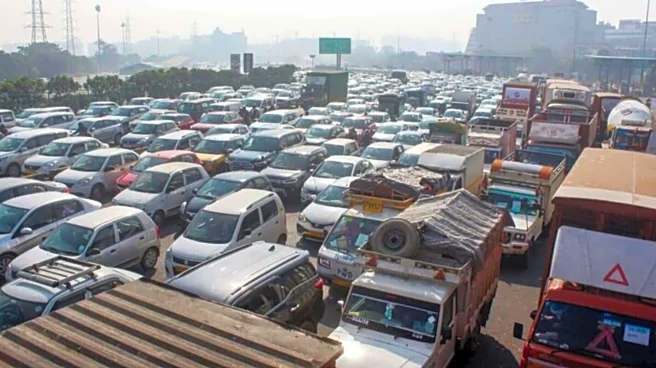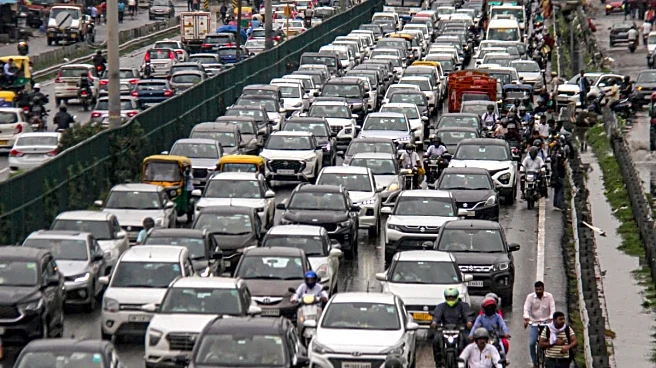The recent attempts to use cloud seeding to generate artificial rain and clear Delhi’s severe winter smog have been deemed largely futile, with a new report from the Indian Institute of Technology (IIT)
Delhi confirming that the capital’s winter atmosphere is climatologically unsuitable for consistent and effective operations. This scientific assessment explains why the initial trials, conducted in collaboration with IIT-Kanpur, failed to produce the desired rainfall.
The key constraint is a fundamental lack of sufficient moisture and saturation in the clouds during the critical months of December and January, which are also the periods of peak pollution. Cloud seeding requires an existing cloud system with a relative humidity often exceeding 50% for the dispersed agents (like silver iodide or salt) to properly nucleate and form rain droplets. According to the IIT-Kanpur team involved in the trials, the actual moisture content observed was often only around 10-20%.
Details from the IIT-Delhi Report
Climatological Analysis: The IIT-Delhi study, based on a decade of atmospheric data (2011–2021), found that the driest conditions in the city coincide exactly with the worst pollution episodes.
Rare Opportunities: Necessary conditions—often linked to Western Disturbances—are rare and inconsistent. The report stated that viable “windows of opportunity” for seeding are too infrequent to offer a reliable solution.
Targeting Challenges: The thick, shallow aerosol layer (below 2 km) that blankets Delhi during winter is often vertically separated from the typical seedable cloud layers (2-5 km), posing significant operational and targeting challenges.
Context and Conclusion
The findings conclude that while cloud seeding is theoretically feasible under perfect conditions, its “practical utility as a consistent and reliable air-quality intervention is constrained”. Even if successful, the induced rainfall would likely provide only a brief respite of one to three days before pollution levels rebound due to persistent emissions.
Given the high operational costs and limited marginal gains, the report explicitly states that cloud seeding “cannot be recommended as a primary or strategic measure” for Delhi’s pollution management. It should only be considered, at best, a high-cost, emergency short-term measure. The analysis underscores that sustained emission reduction remains the only viable and durable solution to the city’s chronic air quality crisis.




/images/ppid_a911dc6a-image-176191684241328914.webp)



/images/ppid_a911dc6a-image-176178248885072090.webp)




